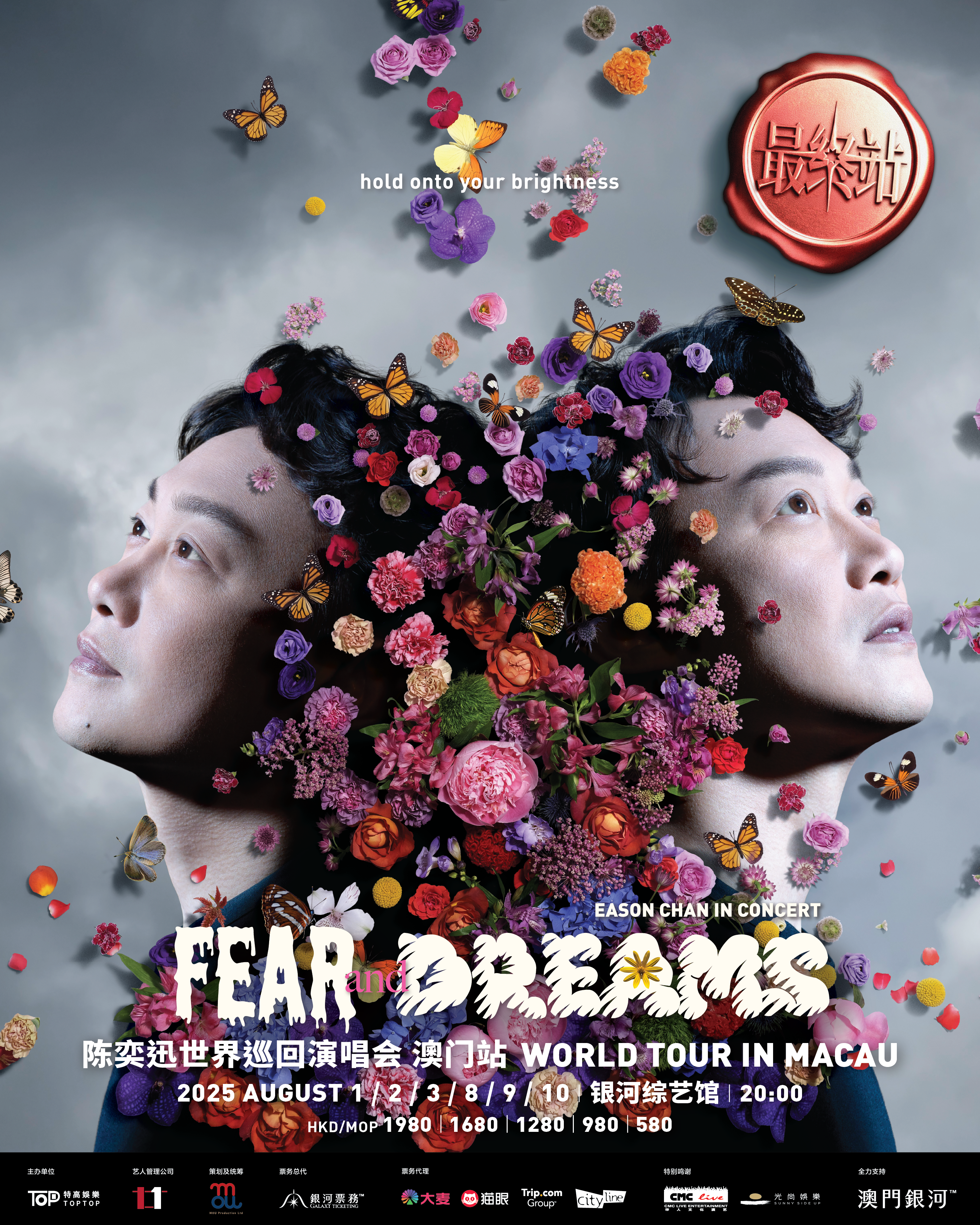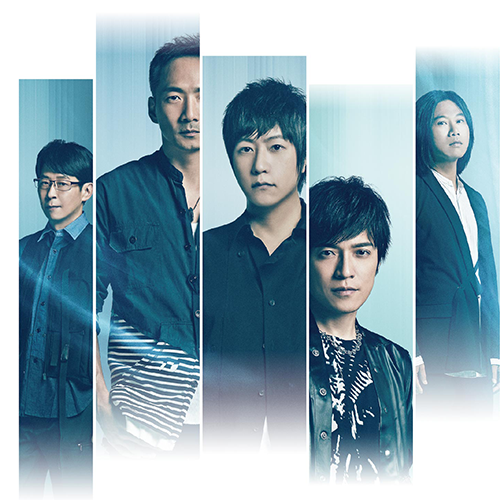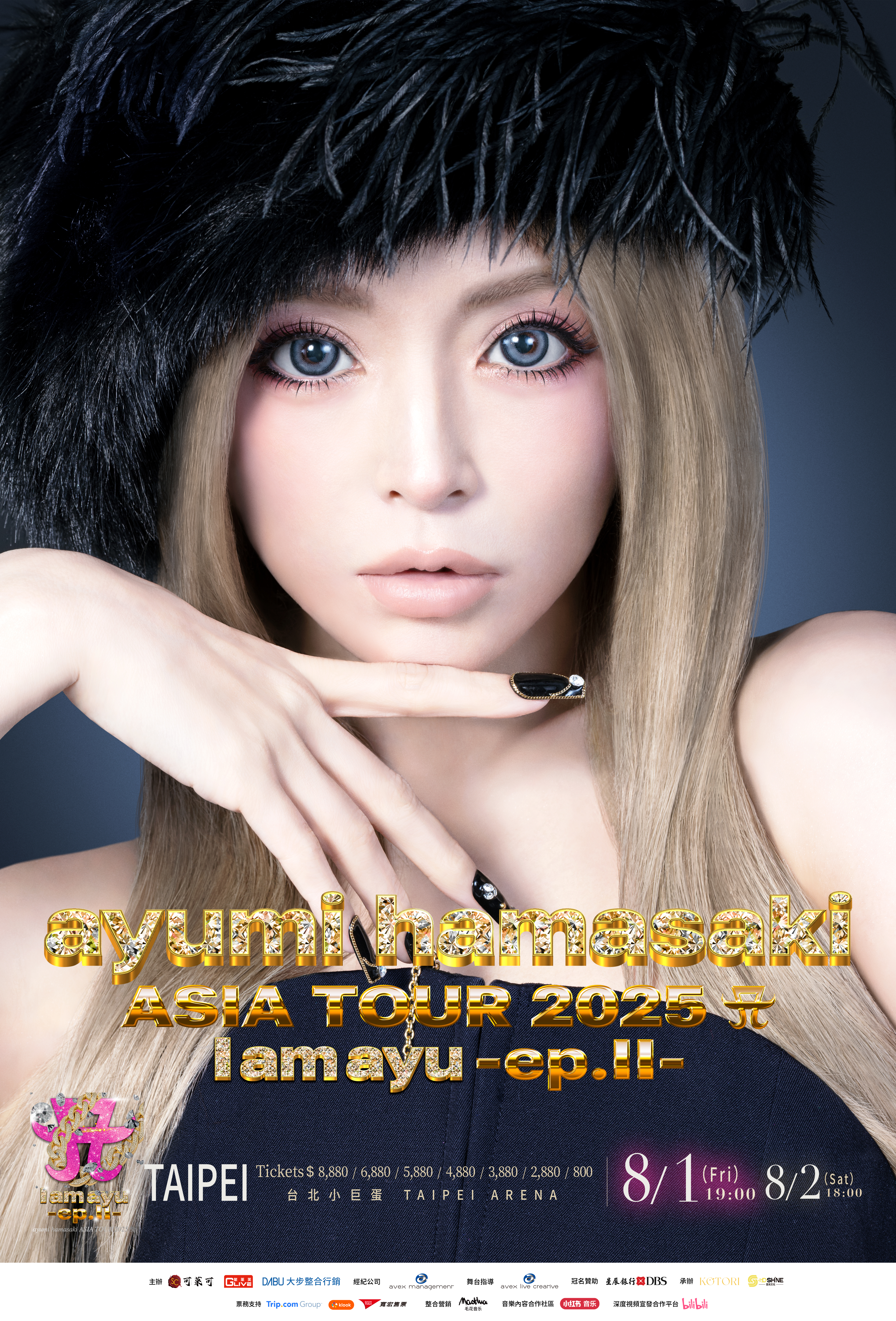Recent Searches
Popular Attractions
Seoul
South Korea
Bangkok
Thailand
Shanghai
China
Hong Kong
China
Tokyo
Japan
Featured Events in Japan in July, 2025 (July Updated)
Are you interested in Tropical Palm Tree Paint Night?
245 people have participated in this
poll
Yes
No




50%



50%
Type
Location
Event Status
Popularity
Start Time

EXPO 2025 OSAKA, KANSAI, JAPAN | Osaka
Overview
Theme: Designing Future Society for Our Lives
Subthemes: Saving Lives Empowering Lives Connecting Lives
Concept: People's Living Lab
1. A space where 8 billion people from around the world will not only view exhibits but will co-create our future society.
2.Even before the Expo begins, an online platform for sharing challenges and solutions from around the world will be launched.
3.A place where the world’s knowledge such as cutting-edge technology will be brought together, used to create new ideas, and shared, all to help resolve global issues facing mankind.
Purpose
World Expo has both cohesive and communication capabilities. We will use these capabilities as a trigger to sustain growth and development of Osaka, Kansai as well as Japan following on from the 2020 Tokyo Olympics and Paralympics.
What is a World Expo?
A World Expo is an event that brings together people and innovations from around the world in an effort to address issues facing humankind on a global scale. The Osaka Expo 1970, Japan’s, and Asia’s, first ever, became a symbol of Japan’s rapid economic growth and one of the country’s most lauded events. Twenty years after the Aichi Expo 2005, Expo 2025 Osaka, Kansai will bring the international community back to Japan.
A World Exposition is a place, where new technologies and products are born, triggering greater convenience in our daily lives.
Elevator (New York Exhibition, 1853), telephone (Philadelphia Centennial Exposition, 1876)
Family restaurants, wireless telephones, electric cars, moving sidewalks (Expo 1970 Osaka)
Entry tickets embedded with IC chips, AED, dry mist (Aichi Exposition, 2005)
Goals of Expo 2025 Osaka Kansai
To contribute to the achievement of the Sustainable Development Goals (SDGs)Achievement of Japan’s national strategy Society 5.0EXPO for SDGs
In 2025, the world will be a mere five years away from 2030, the year the United Nations has set as the target for achieving the Sustainable Development Goals (SDGs),
making it a crucial one for ramping up efforts to achieve these goals. Therefore, Expo 2025 Osaka, Kansai will become a key platform for reaching the SDGs by 2030.
The key is “Society 5.0”
“Society 5.0” is Japan’s national strategy to develop a human-centered society that progresses economically and resolves social issues through a system that combines both cyber and physical spaces in a sophisticated manner. It refers to a new form of society chronologically following hunting, farming, industry, and information societies. A society that is able to resolve a variety of issues on a global scale with technologies such as the Internet of Things (IoT), Artificial Intelligence (AI), robotics, big data, and biotechnology is a society that will have achieved the SDGs.
What we will realise at Expo 2025 Osaka, Kansai
Bringing together the wisdom of the world, including breakthrough technologies, to create and communicate new ideasExpansion of domestic and overseas investmentCreation of innovation through activation of human interactionActivation of regional economies and small and medium enterprisesA chance to communicate the wealth of Japan’s cultureThe multiple merits of a world expo held in Osaka, Kansai, Japan
Activation of Japan’s economy and the Osaka, Kansai regional economy, and strengthened management of small and medium enterprises resulting from expanded business opportunities are expected to have an economic ripple effect of about JPY 2 trillion.Further development of Osaka, Kansai’s world-class life sciences and biomedical achievements through new innovation in line with Expo’s theme.Further enrichment of Osaka, Kansai’s proud, long history and culture through interaction with foreign cultures, and elevation of its global recognition.Enabling Japan’s young, next-generation creators in a variety of fields to communicate their talents to the world.Japan possesses one of the safest environments and most advanced transport infrastructure in the world, and Osaka, Kansai can be easily accessed from major cities in the world.
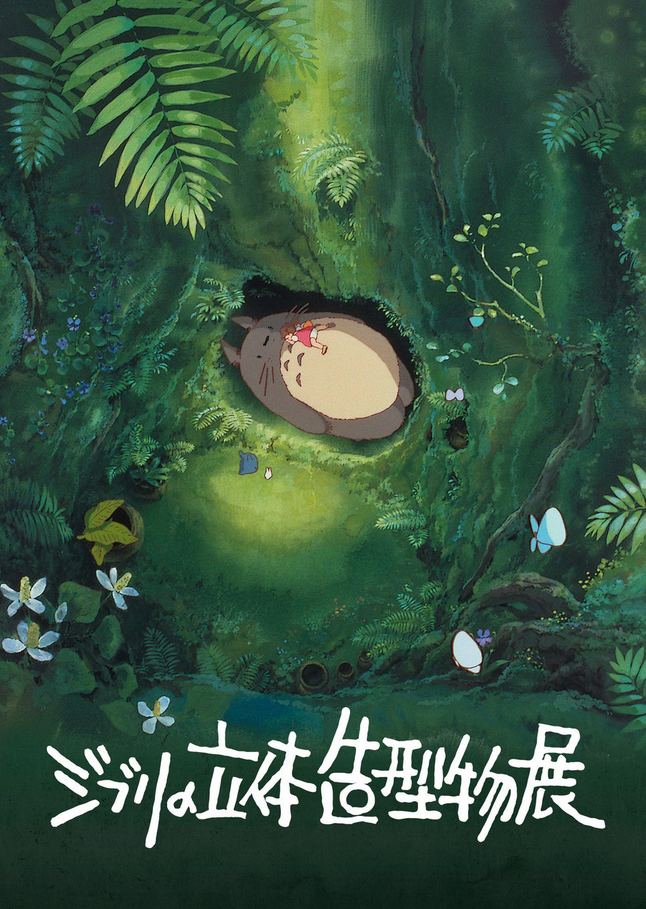
Ghibli 3D sculpture exhibition | Warehouse TERRADA B&C HALL
The Ghibli 3D Modeling Exhibition, which explores the appeal of Studio Ghibli works, will be held at Warehouse Terada B&C HALL/E HALL in Tennoz, Tokyo from Tuesday, May 27th.
Studio Ghibli works, including the movie "How Do You Live?", which has been released in over 80 countries and regions, are now being watched all over the world. Behind the scenes, there were people in each country and region who loved the works and tried to spread them over a long period of time. This exhibition will introduce famous scenes from the movies through 3D models, tracing how overseas partners distributed the works. The 3D Modeling Exhibition is the origin of the full-scale Studio Ghibli exhibition that began in 2003, and will return to Tokyo after 22 years of evolution.
Of particular interest is the Savoia S-21 flying boat that appears in the movie "Porco Rosso". The impressive flying boat, created based on the assumption that it "really existed," will look like it is about to take off from Warehouse Terada at any moment.
The event will run from May 27th (Tuesday) to September 23rd (Tuesday, national holiday). The "Ham Ramen" that was on sale at the "Friday Road Show and Ghibli Exhibition" two years ago and became a hot topic will be back at the water facility "T-LOTUS M" next to the venue. In addition, tickets will be sold in combination with the Ghibli Museum in Mitaka and tickets linked to hotel accommodation plans.
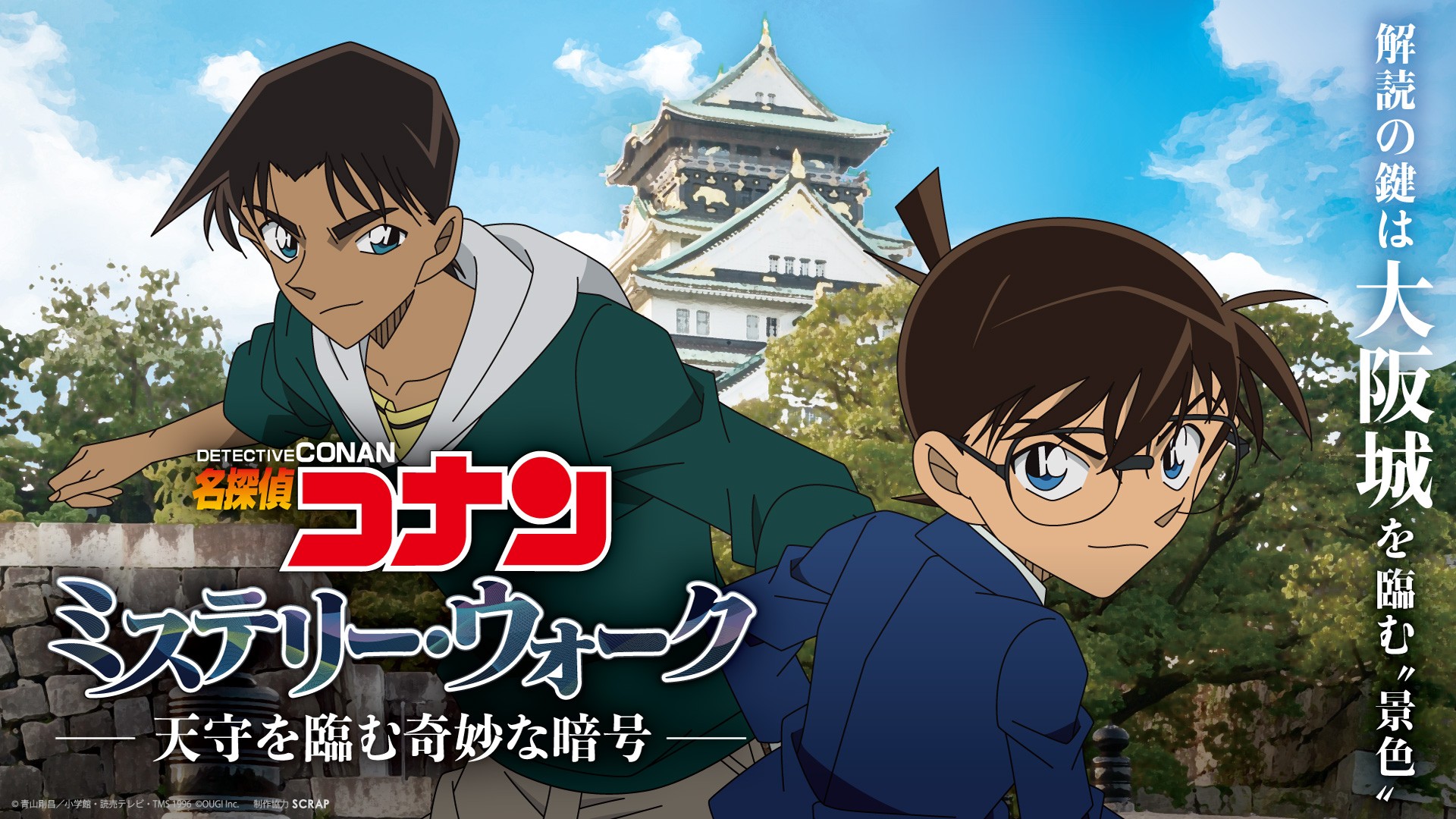
Detective Conan Mystery Walk Strange Codes Beneath the Fortress's Gaze | Osaka Castle Park
A "Detective Conan" mystery-solving event will be held at Osaka Castle! Take on the challenge of solving mysteries with Edogawa Conan and Hattori Heiji! A strange code was discovered in the city overlooking Osaka Castle. The identity of the culprit and his motives are unknown. Heiji, who received a top-secret request, begins an investigation with Conan. Before long, the two realize that the code is not just a play on words, but a device that also involves the surrounding "scenery." Can you solve all the codes using the clues scattered around the city?
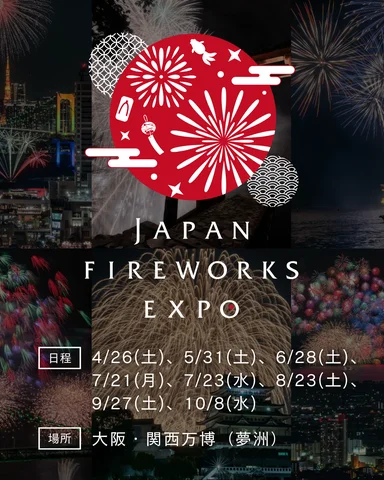
Japan Fireworks Expo | Osaka
Osaka Kansai Expo has decided to hold the "Japan Fireworks Expo", and the "Japan Fireworks Expo" will show the world the charm of Japan's unique culture, the world's highest level of fireworks technology.
Fireworks festivals in various places have their own regional characteristics and are deeply connected to local culture and traditions. There are also many fireworks festivals with a history of 100 years. For example, fireworks festivals started to pray for the comfort of those who died in the great famine and plague and for the elimination of diseases. Fireworks festivals that started as a symbol of reconstruction after war and earthquakes, and include mourning and wishes for peace. Fireworks masters from all over the country gather together to compete in technology and artistry. Fireworks set off near the sacred shrine are solemn and there is a fireworks festival where you can feel a special atmosphere.
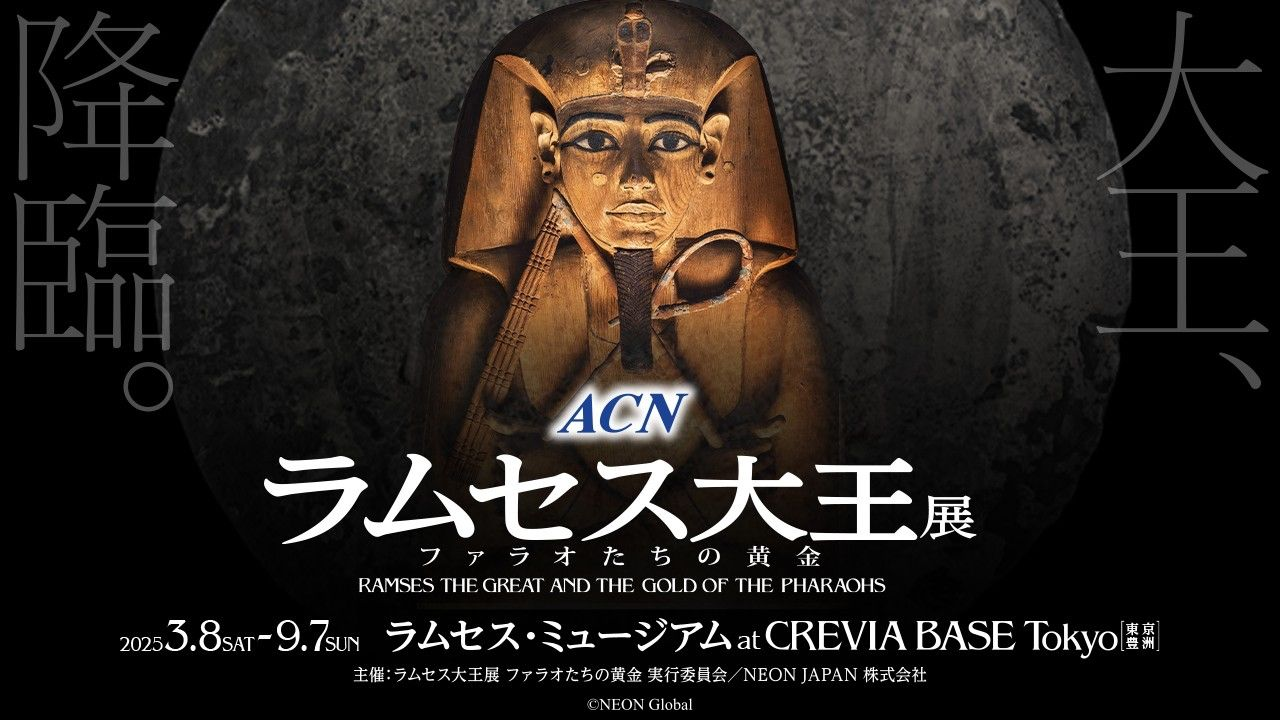
ACN Ramses the Great and the Gold of the Pharaohs | Tokyo
Ramses The Great and the Gold of the Pharaohs will feature 183 pieces of rare artefacts from ancient Egypt that focus on the almighty pharaoh, Ramses The Great and it will be the largest collection of artefacts on Ramses II to ever leave Egypt. This spectacular exhibition will also boast the FIRST ever virtual walkthrough of Ramses II’s famous temples as well as a full-length documentary ever produced on Ramses II’s tomb.
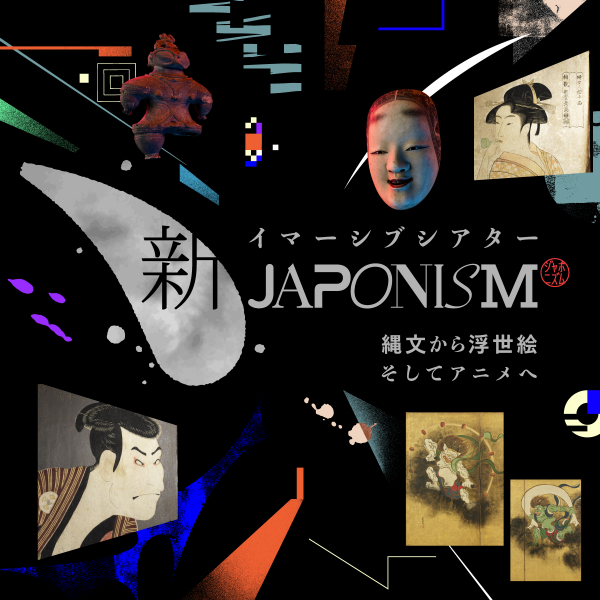
Immersive Theater on Neo-Japonism: From Ancient Art to Anime | Tokyo National Museum
For millions of years, unique aesthetics have been born on the islands of Japan and have been passed down from generation to generation.
From Jomon earthenware, Haniwa, Erika, armor, and ukiyo-e, to the popular anime that has taken the world by storm, this is an immersive theater that combines NHK's high-definition video technology with “New Wafuism”.
The New Wafuism Theater is an immersive theater that incorporates NHK's high-definition video technology.
In the theater, you will be able to experience Japanese culture through a time-traveling journey with national treasures and important cultural properties of the Tokyo National Museum.
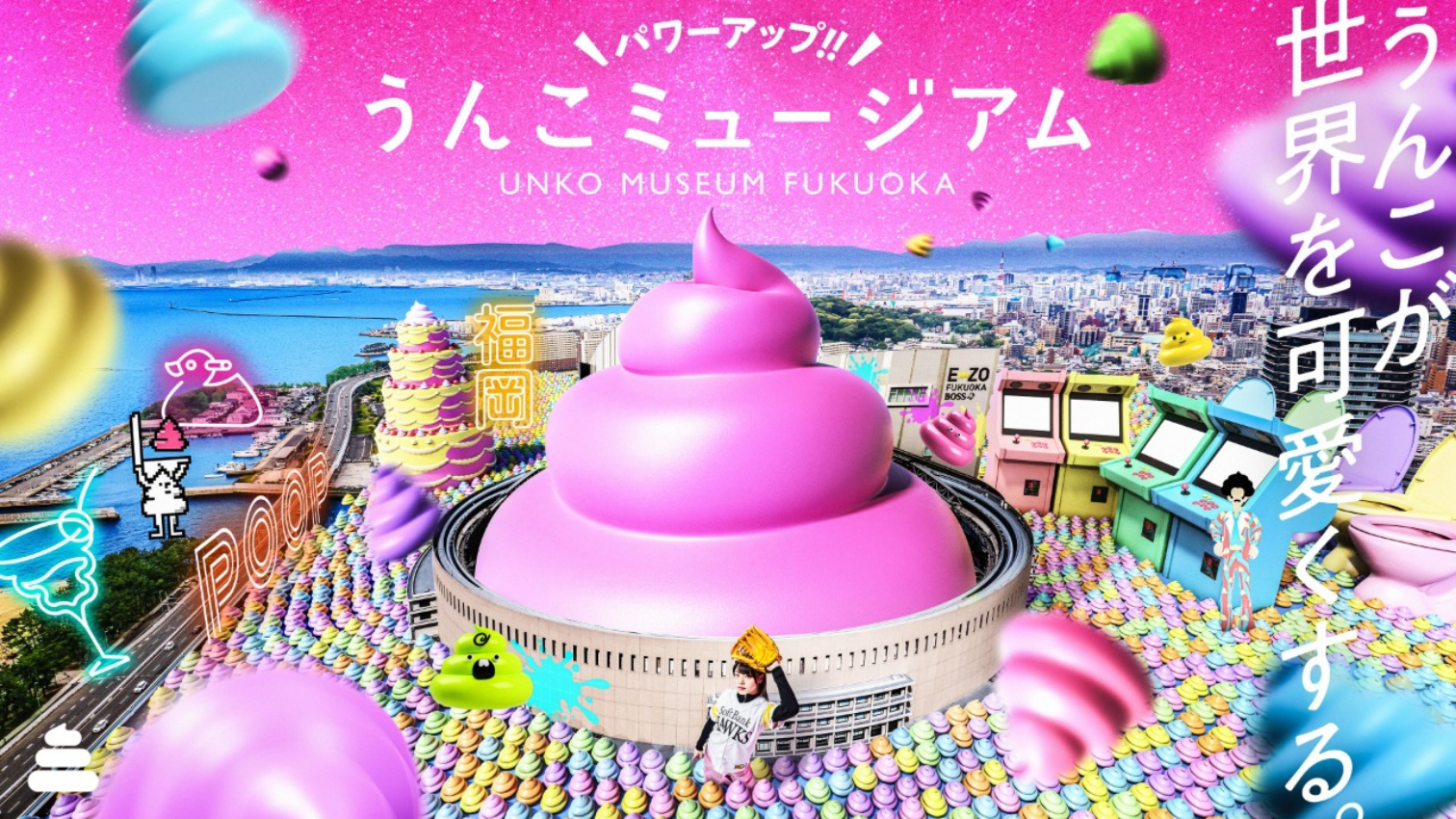
Power Up!! Poop Museum Fukuoka 2025 | Fukuoka
The popular Poop Museum has made its glorious return to Fukuoka, better than ever!
“\”Power up!!”/ Poop Museum FUKUOKA” will be making its return to the city starting from April 18th, 2025. The experience has evolved since visiting Fukuoka last, and plenty of mainstays of the original exhibit as well as brand new and thrilling poo-ventures await you there! Cute and pop art influenced poop-designs will transform your humdrum everyday into a unique and unforgettable experience!
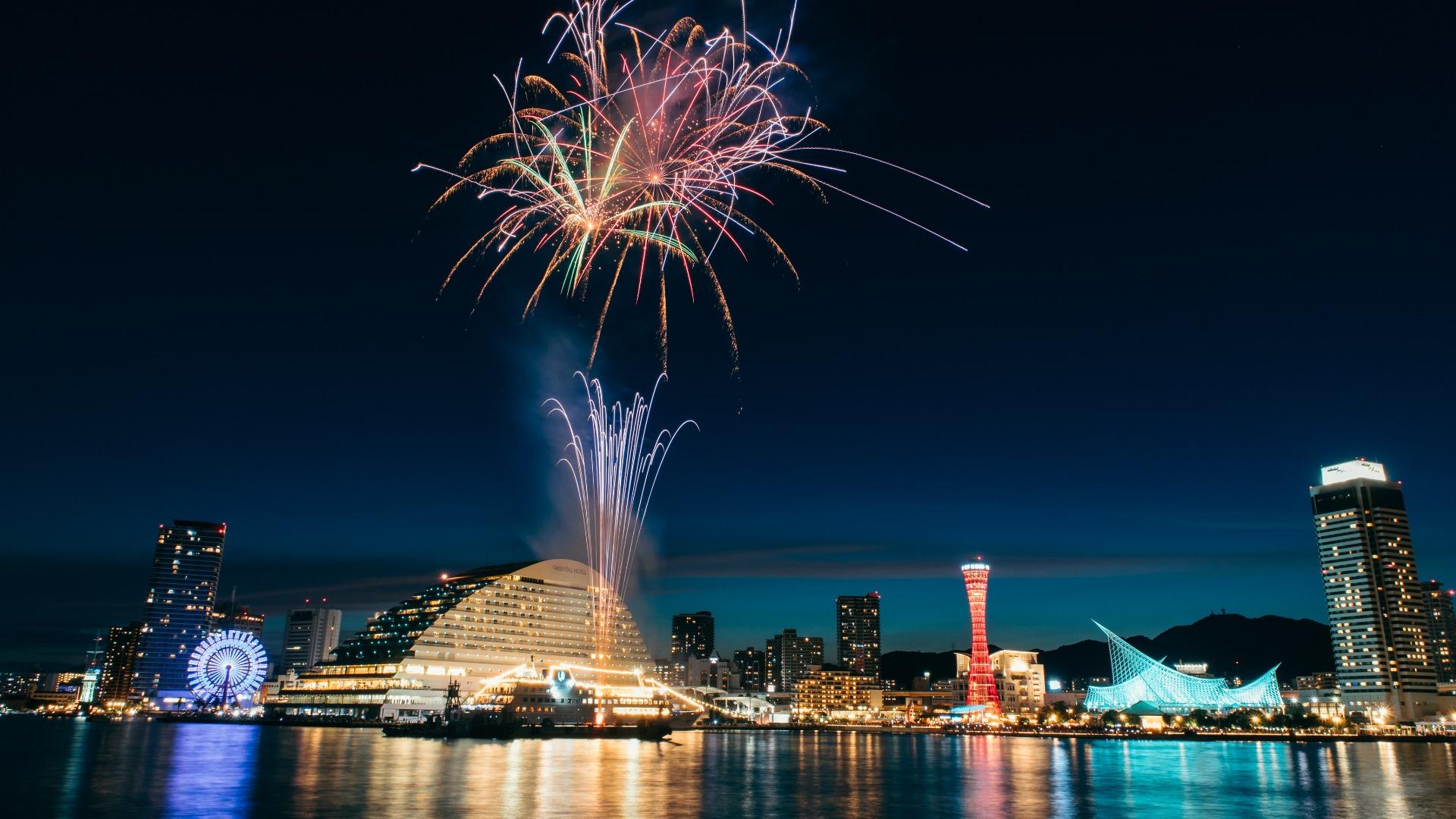
Kobe Port Weekend Fireworks Festival | Kobe
Kobe Port weekend fireworks are set off regularly to liven up Meriken Park. We have added a February schedule. The bright fireworks in the cold and clear night sky are different from the summer. It is a great opportunity to enjoy the art of light with the winter night sky as the background.
Fireworks time:
[June][June]
June 7 (Sat) 19:30 June 21 (Sat) 19:30
[July][July]
July 5 (Sat) 19:30 July 19 (Sat) 19:30
[August][August]
August 1 (Fri) 1 9:30 August 2 (Sat) 19:30
August 8 (Fri) 19:30 August 9 (Sat) 19:30
August 15 (Fri) 19:30 August 16 (Sat) 19:30
August 22 (Fri) 19:30 August 23 (Sat) 19:30
August 29 (Fri) 19:30 August 30 (Sat) 19:30
Fireworks location: Meriken Park
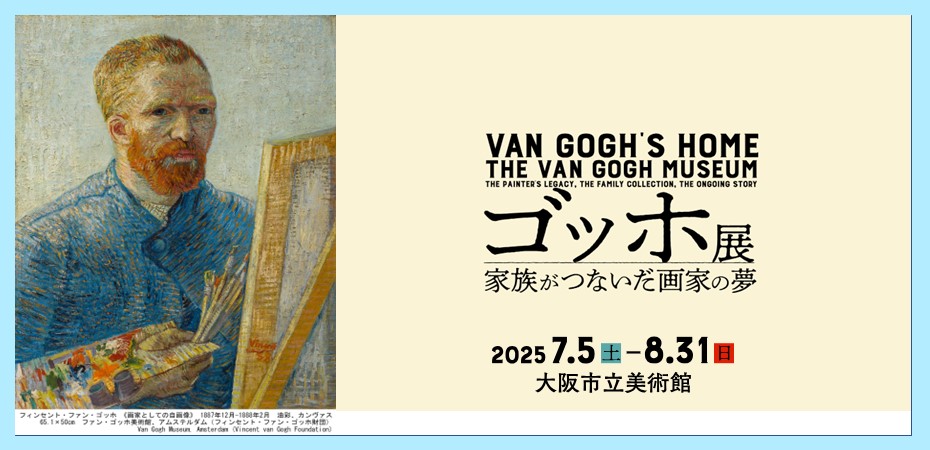
Van Gogh Exhibition: The dream of family continuity | Osaka City Museum of Fine Arts
How have the works of Vincent van Gogh (1853-1890) been passed down to the present day? This exhibition focuses on the collection that has been passed down through his family.
Van Gogh's younger brother Theo, who supported Van Gogh's painting career and kept most of his works, passed away six months after his brother's death, and Theo's wife Yo took over the management of the vast collection. Yo dedicated her life to increasing her brother-in-law's fame, lending and selling his works for exhibitions, and organizing and publishing his vast letters. His son Vincent Willem created the Vincent van Gogh Foundation and worked hard to establish a museum to prevent the collection from being dispersed.
The Van Gogh Museum in Amsterdam houses approximately 200 oil paintings and 500 drawings by the painter Vincent van Gogh, as well as letters, related works, and ukiyo-e prints. Most of the pieces were permanently loaned by the Vincent van Gogh Foundation when the museum opened in 1973. This exhibition will mainly feature works from the Van Gogh Museum, but will also display more than 30 of Van Gogh's works, as well as four of his letters, which will be on display in Japan for the first time, to introduce the collection that has been protected and passed down through the family.
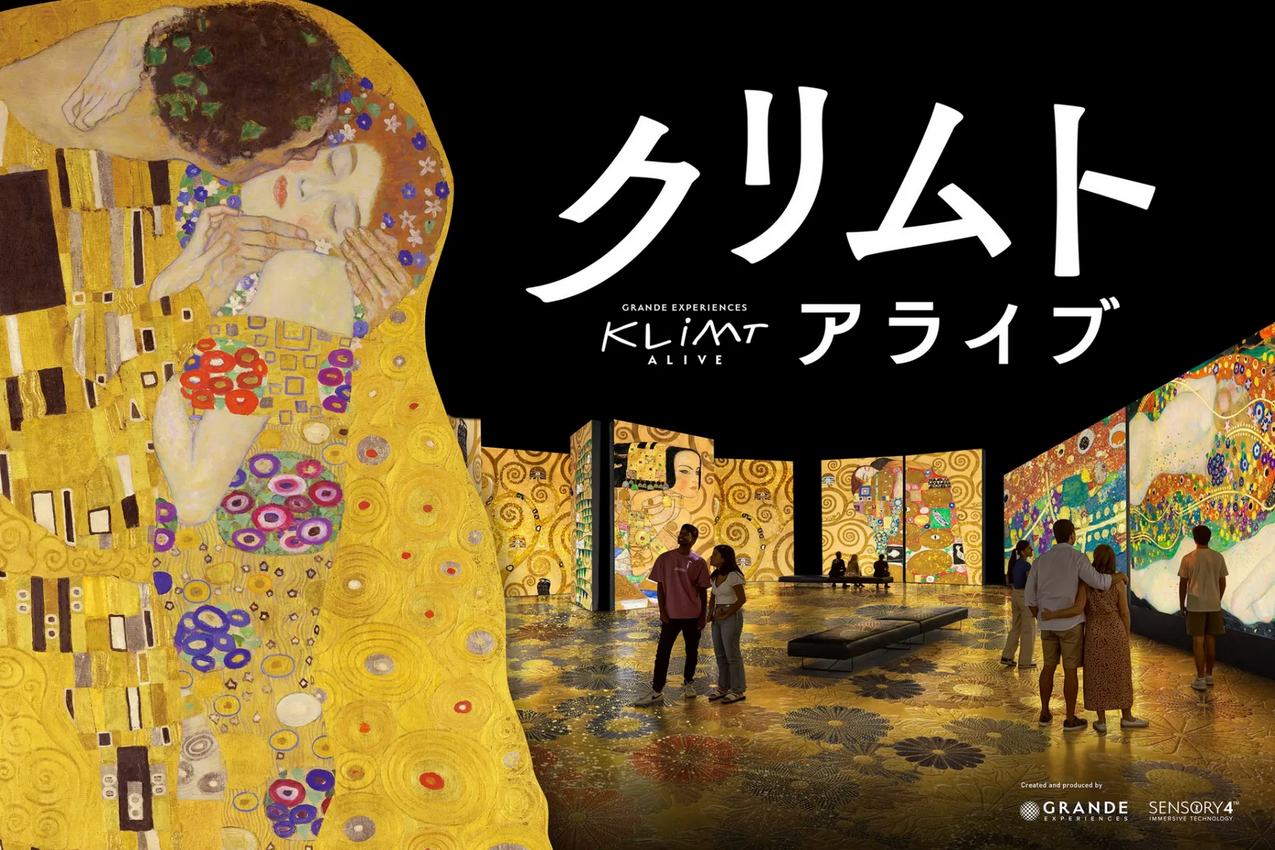
Klimt Alive Tokyo Exhibition | Nihonbashi Mitsui Hall
The world's first immersive exhibition "Klimt Alive" will be held, where you can travel through a golden world.
This long-awaited new work was planned and produced by Grande Experiences, an Australian planning company that has been highly praised for its fascinating storytelling and innovative exhibition methods, and has been involved in immersive exhibitions such as "Van Gogh Alive" and "Monet & Friends Alive". Grande Experiences has held more than 280 exhibitions in more than 200 cities on six continents, attracting more than 25 million people.
This exhibition will feature a giant screen set up in a large, pitch-black space 7 meters high. Amidst the light, color, sound and scent, Klimt's masterpieces, including "The Kiss", "Judith", and "Death and Life", will be projected one after another across the entire venue. You can enjoy an experience of being captivated by Klimt's gorgeous decorativeness and sensual beauty while immersing yourself in the classical music that plays along with the images. Photography and video are permitted in all exhibition rooms. You can capture your own glamorous Klimt world on camera.
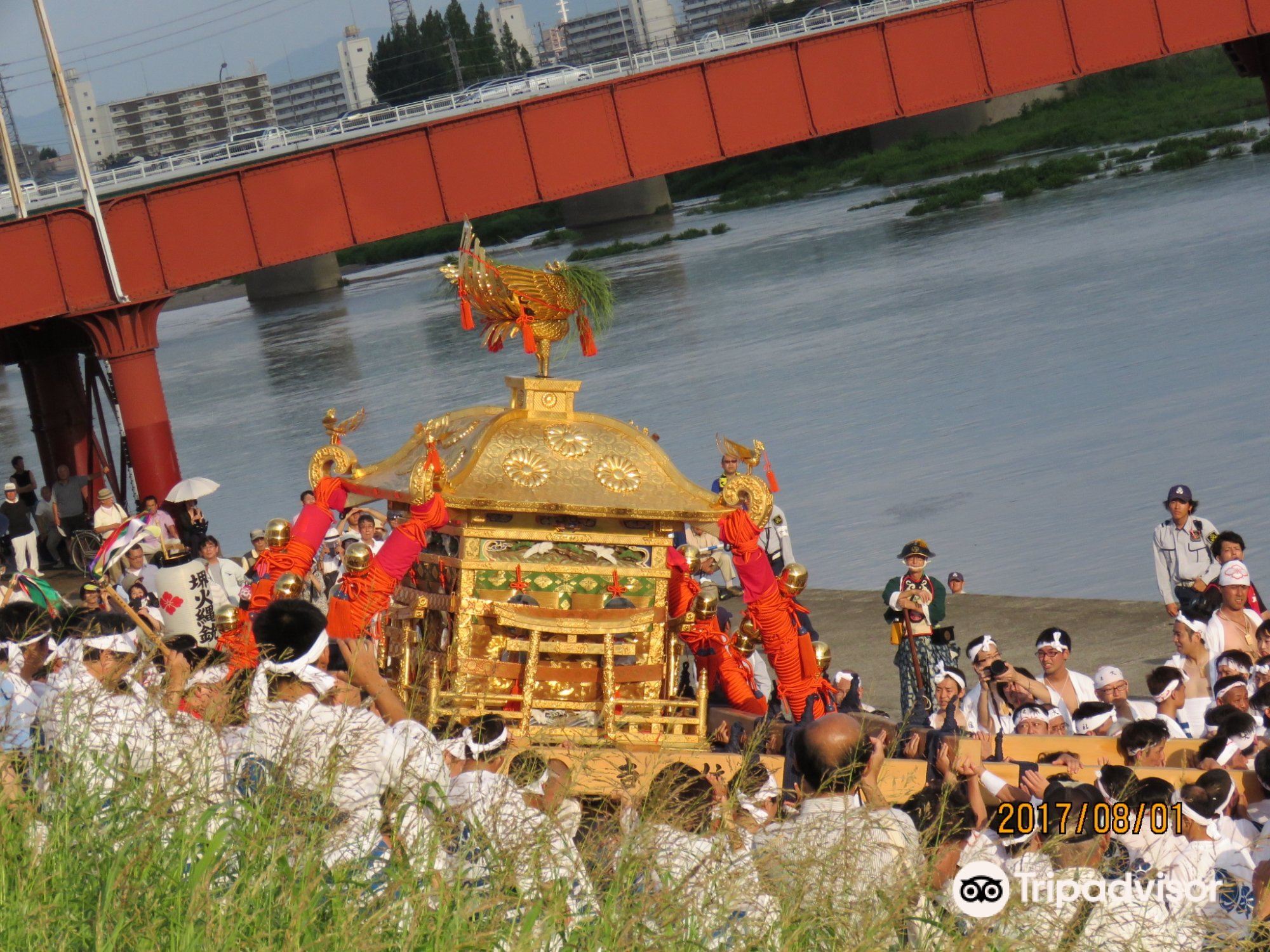
Sumiyoshi Matsuri | Osaka
The Sumiyoshi Festival is one of the three major summer festivals in Osaka, and it is also a grand festival in the back of the summer in Osaka. The three-day event starts on July 30 and ends on August 1. There are three well-known events: "God Washing the Gods", "Xia Yuexi" and "God Yu Yu". "God washes the gods" refers to the ritual of washing the gods with sea water on July 30. The shrine starts from Sumiyoshi Taisha Shrine and heads towards Sumiyoshi Park, which used to be in the direction of Yoshihama, washing the shrine with sea water as it goes. This seawater is brought back in the morning by the special ship "Shiokabune" of the Osaka Sumiyoshi Fisheries Association from Osaka Bay, which is considered a sacred seawater. After the cleaning was over, Miyu returned to Sumiyoshi Taisha. "Xia Yue's sacred events" is considered to be an intangible cultural heritage, and it is also the highlight of the annual festival on July 31. It is a ceremony in which a gorgeously dressed Xia Yue girl and a golden boy and a jade girl drill the thatch together. Ordinary people can also participate, praying for no disease and no disaster. "Shinyu Togo" refers to a ceremony in which the deity of Sumiyoshi the Great God parades through the shrine to Sakai no Judo Intongu. Local residents will participate in the activities of raising the gods, and the scene is very lively.
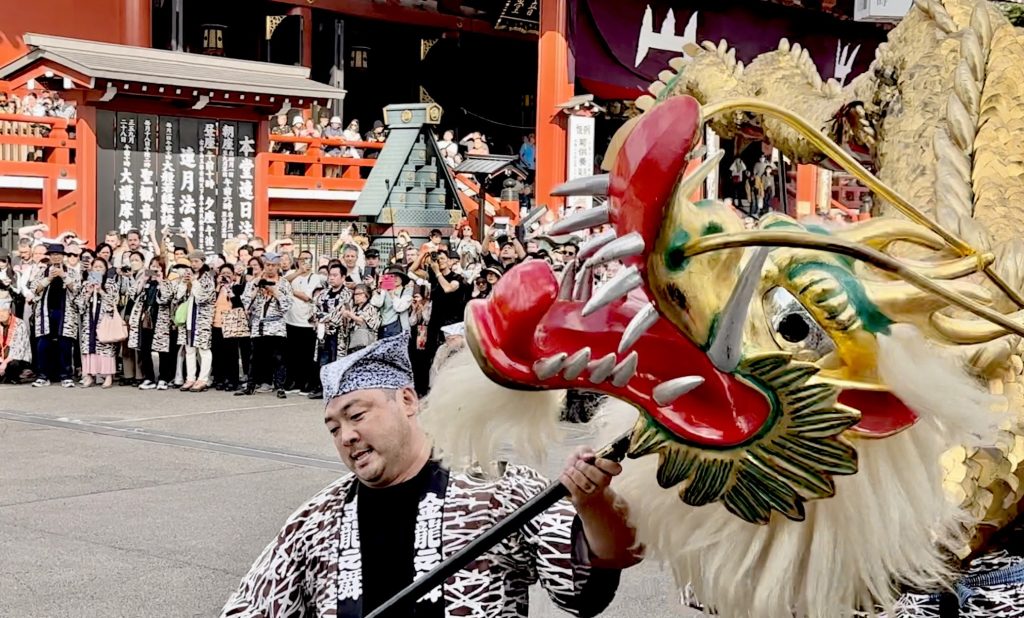
Asakusa Temple Golden Dragon Dance Festival | Tokyo
The official name of Sensoji Temple comes from the Golden Dragon Mountain, and it is called "Golden Dragon Mountain Sensoji Temple", and the name "Golden Dragon Dance" comes from the name of this mountain. "Golden Dragon Dance" is a dance that started in 1958 to commemorate the reconstruction of the main hall of Sensoji Temple, Kannon Hall. This dance is based on the story of Guanyin Bodhisattva enshrined in Sensoji Temple. According to legend, she appeared as a golden dragon that descended from the sky, and overnight she created a thousand pine trees that symbolize a good harvest.
The 18-meter-long, 88-kilogram shining golden dragon dances gorgeously to the music of the celebration, and this scene is absolutely impressive.
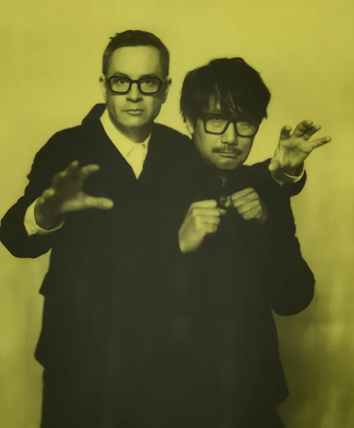
Satellites: Nicolas Winding Refn and Hideo Kojima | Tokyo
Japanese game auteur Hideo Kojima, the mind behind Death Stranding and the Metal Gear series, has revolutionised interactive storytelling with his cinematic sensibility. Danish director Nicolas Winding Refn, celebrated for Drive and Only God Forgives, is known for his stylised, meditative explorations of violence and human nature. Bound by mutual respect and a fascination with the convergence of their mediums, the two artists share a decade-long friendship that has sparked artistic collaborations across film and video games. The two visionary creators now reunite in Tokyo for an ambitious installation. From April 18 to August 25, Prada Aoyama hosts ‘Satellites: Nicolas Winding Refn with Hideo Kojima’, an exhibition that invites visitors into a retro-futuristic space where Refn and Kojima appear across six exposed television screens together shaped like a spaceship, engaging in dialogue on identity, death and creativity.The journey continues in an adjacent dressing room filled with cassette tapes, interweaving AI-translated soundbites and film soundtracks, allowing guests to craft their own narrative from fragments of conversation. Blurring the lines between analogue and digital, film and games, ‘Satellites’ explores human connection in an age of technological fusion.
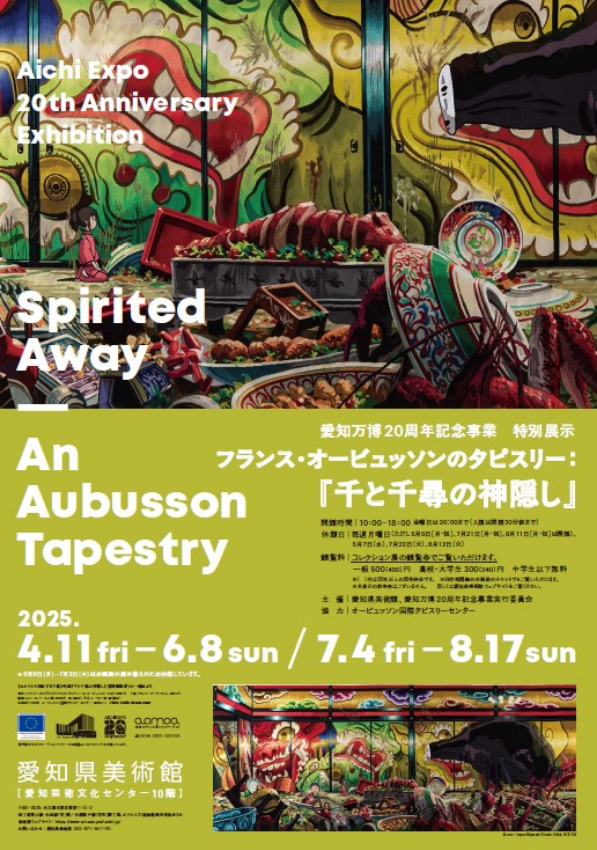
Aichi Expo 20th Anniversary Special Exhibition: French Aubusson Tapestry: "Spirited Away" | Aichi Prefectural Museum Of Art
Aubusson, a city in central France, has been known as a place where tapestries have been woven since the 15th century, and in 2009, tapestries woven in this region and the traditional techniques were registered as UNESCO Intangible Cultural Heritage. The Aubusson International Tapestry Center, which opened in 2016, introduces the history and techniques of tapestries and carpets through a wide range of examples. Since 2019, a project has been underway to weave scenes selected from Hayao Miyazaki's animated films into giant tapestries. In this special exhibition, a tapestry depicting a scene from the film "Spirited Away," one of the works in the project, will be shown for the first time in Japan. Materials related to the production of tapestries will also be exhibited at the venue, and Aubusson's tapestry techniques will be introduced.
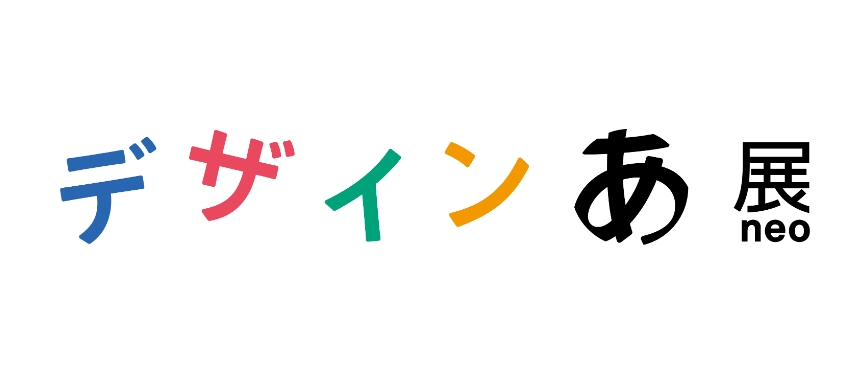
Design Neo | Tokyo
"Design Ah! Neo" is an exhibition that expands the concept of the program "Design Ah! Neo" currently airing on NHK Educational TV into an experiential space. It has been held as a "Design Ah! Exhibition" at 21_21 DESIGN SIGHT in 2013, and at six museums across the country, including the Miraikan, the National Museum of Emerging Science and Innovation, and the Toyama Prefectural Museum of Art from 2018 to 2021. The third "Design Ah! Neo" exhibition will exhibit new works with new themes, while retaining the concept of encouraging children to enjoy various thoughts and discoveries about design.
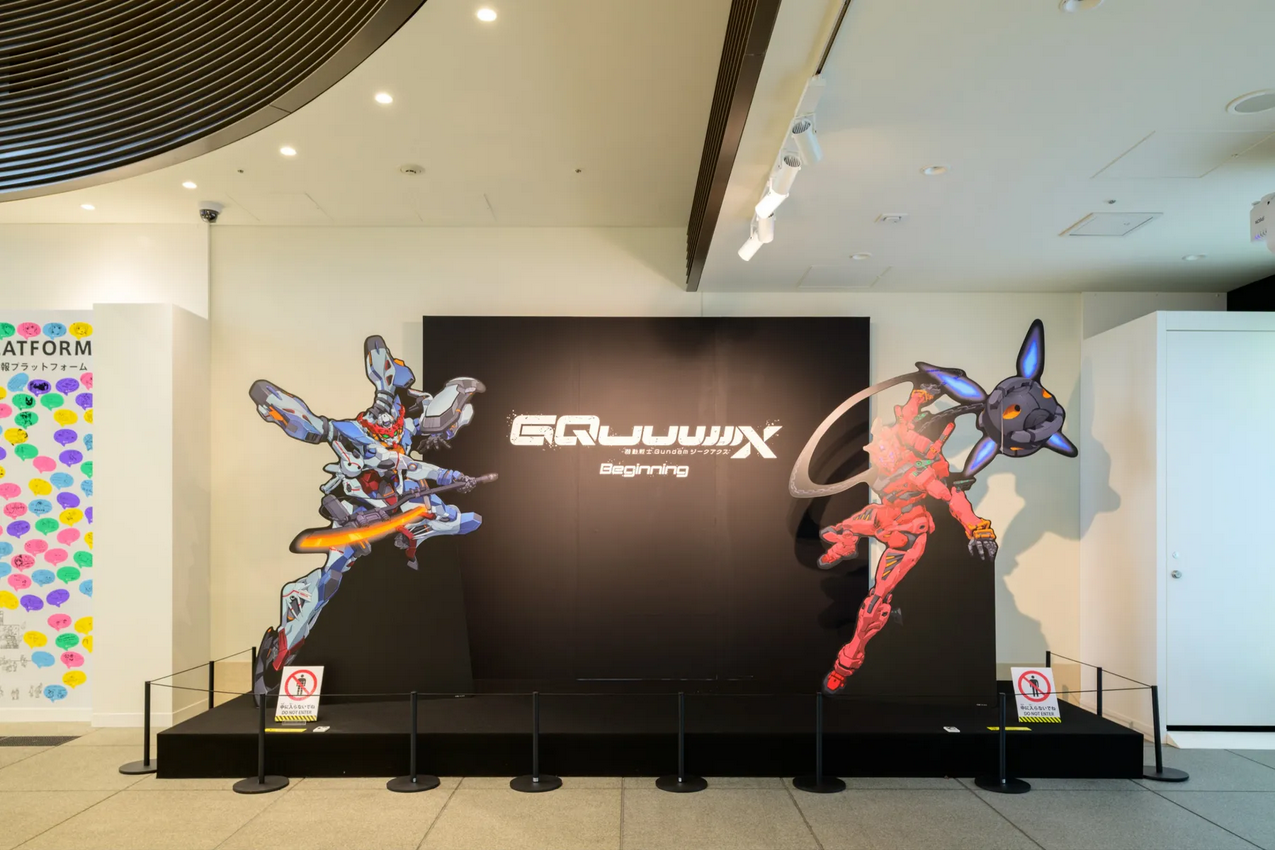
"Mobile Suit Gundam GQuuuuuuX -Beginning-" Special Exhibition | Tokyo
A special exhibition of the latest Gundam series, which is also a hot topic for its TV broadcast!
Anime Tokyo Station, an exhibition center for anime that utilizes Japanese anime content with a strong fan base around the world, is holding a special exhibition of the theatrical advance version of "Mobile Suit Gundam GQuuuuuX (Gi-Q Axe) -Beginning-".
This work is the latest Gundam series work directed by Kazuya Tsurumaki, which attracted a lot of attention as it was the first collaboration between Studio Khara, the creator of the "Evangelion" series, and Sunrise, the creator of the Gundam series. The theatrical advance version, which was screened ahead of the TV series broadcast, with some episodes reconstructed, was very popular and continues to attract attention even after the anime began broadcasting in April this year.
The special exhibition will feature scene cuts from the theatrical advance version of "Mobile Suit Gundam GQuuuuuX -Beginning-", which was screened ahead of the TV series broadcast, looking back on famous scenes from the work. Other attractions include standees of characters and mobile suits, including the main character Amaterasu Yuzuriha (Machu), a photo spot that recreates scenes from the series, and valuable production materials such as scripts. There is also a corner where you can take AR photos with motifs of characters.
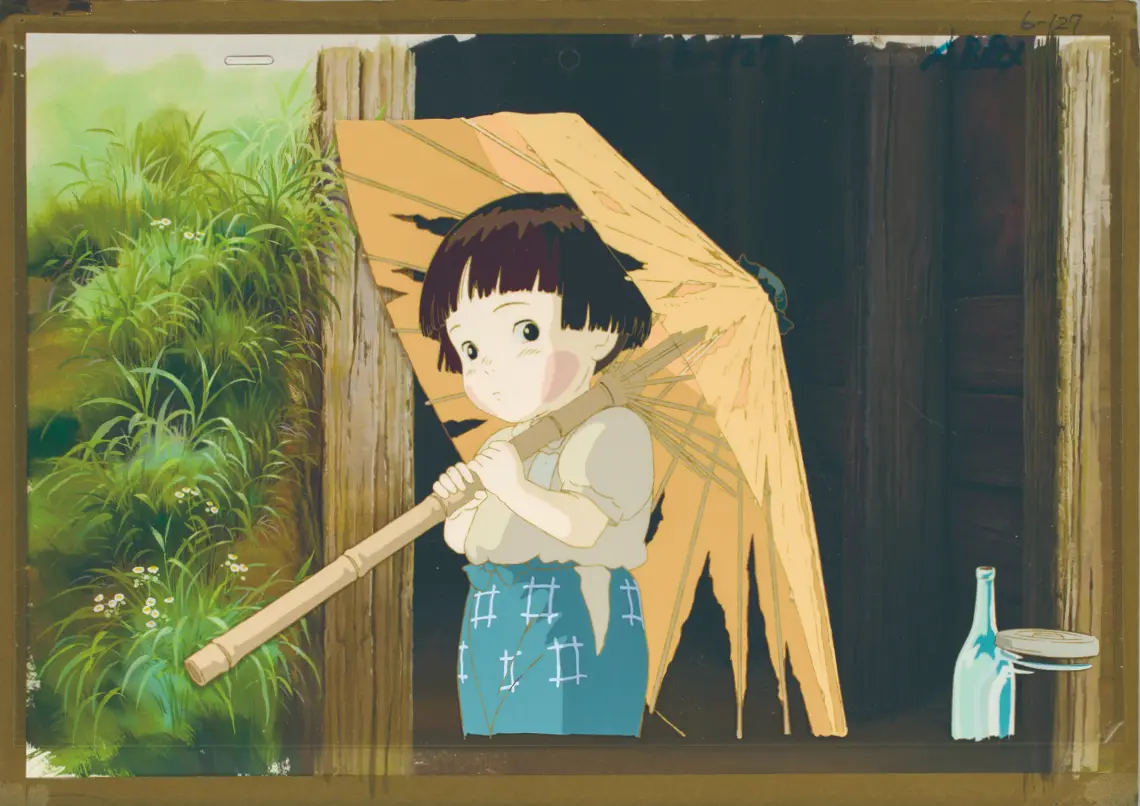
TAKAHATA ISAO EXHIBITION | Tokyo
Japanese animation master Isao Takahata is known as "the man who created Japanese animation"
He redefined the humanistic depth of animation with works such as Grave of the Fireflies, The Tale of Princess Kaguya, and The Legend of the Ancient Swordsman.
This exhibition is held to commemorate the 90th anniversary of Takahata Isao's birth.
Curated and assisted by Studio Ghibli, this is a look back at his artistic career
Through the techniques and concepts that Takahata used in his works before joining Studio Ghibli
and Studio Ghibli films to delve into the essence of animation production
Showing his great contribution to the development of Japanese animation culture
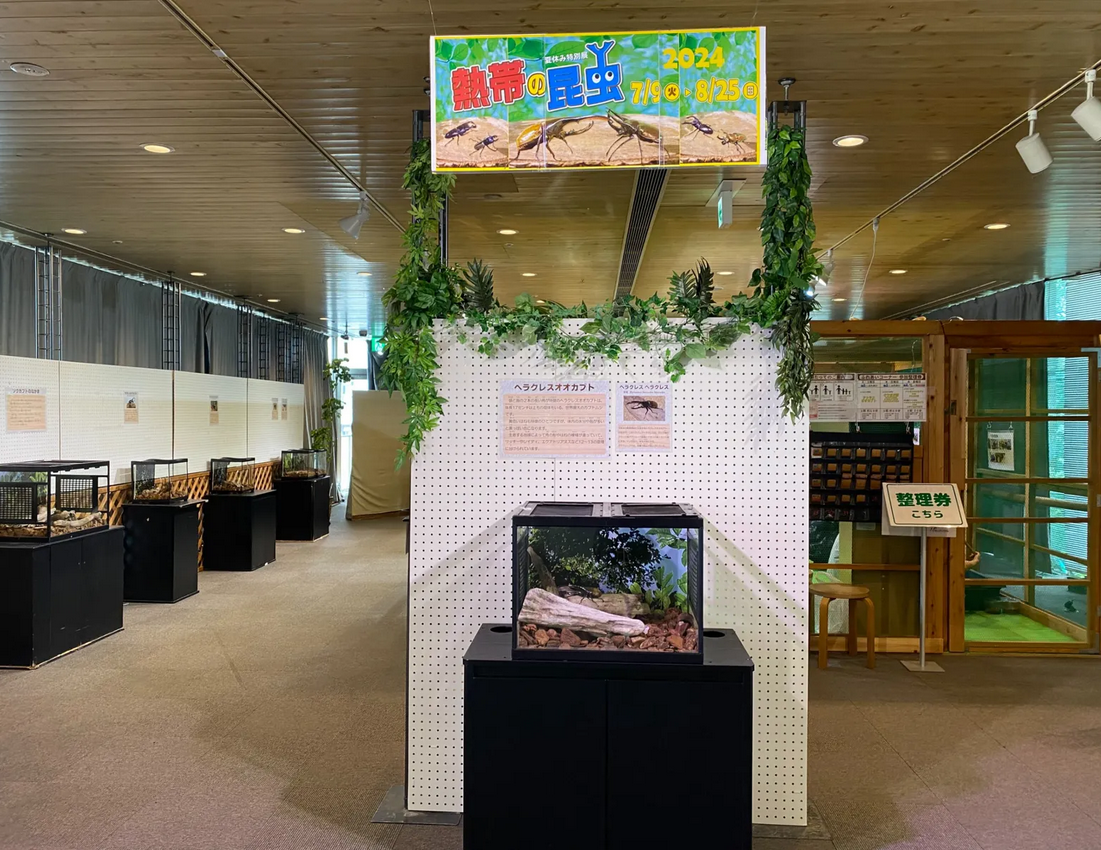
Summer Vacation Special Exhibition: Tropical Insects 2025 | Itabashi Botanical Garden
The mysterious world of insects expands when you see and touch them. Interaction Corner
You can touch large beetles such as the Hercules beetle, the white beetle, and the Caucasus beetle, for a total of 12 species.
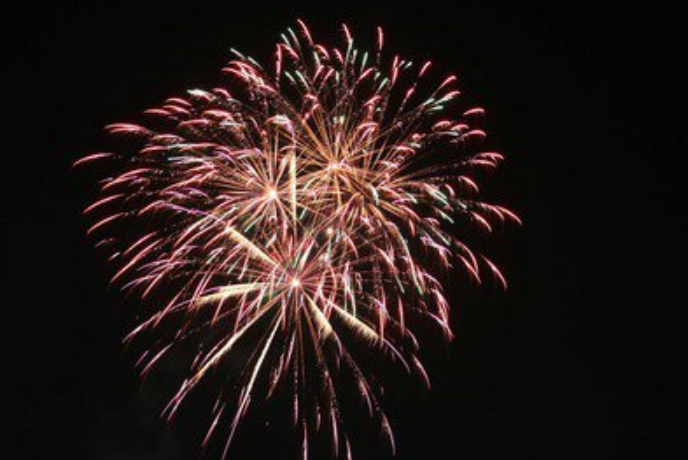
Isawa Onsen Ukai Fireworks Festival | Fuefuki
The Fuefuki River Ishikawa Cormorant Fishing event is held every year in Fuefuki City, Yamanashi Prefecture, and fireworks are set off on the day. Unlike general cormorant fishing, where fishermen control multiple cormorants in a small boat, cormorant fishing on the Fuefuki River is a unique Japanese fishing method, where fishermen walk in the river and control a cormorant. This is a unified "cormorant fisherman" fishing method with a history of more than 800 years. The cormorant fishing event will be held every Wednesday, Thursday, Saturday, and Sunday from July 20 (Sunday) to August 17 (Sunday), for a total of 17 days. After the cormorant fishing event, fireworks will light up the midsummer night sky for about 10 minutes.
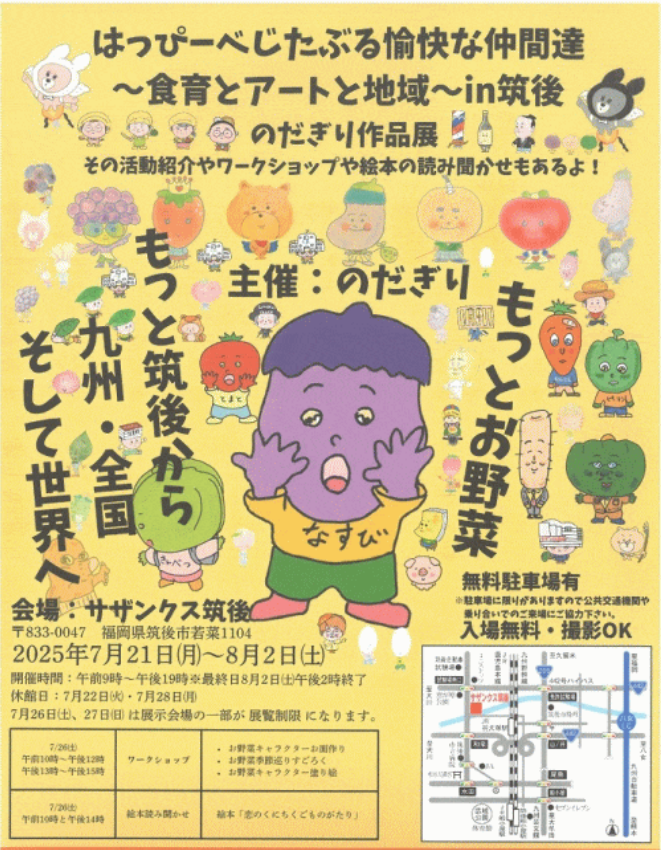
Happy Vegetable Fun Friends - Food Education, Art and Community - in Chikugo | Sathankusu Chikugo
This is an exhibition of works by Nodagiri, an illustrator living in Chikugo City who draws cute and heartwarming vegetable characters.
On Saturday, July 26th, there will be workshops on vegetable characters and picture book readings.
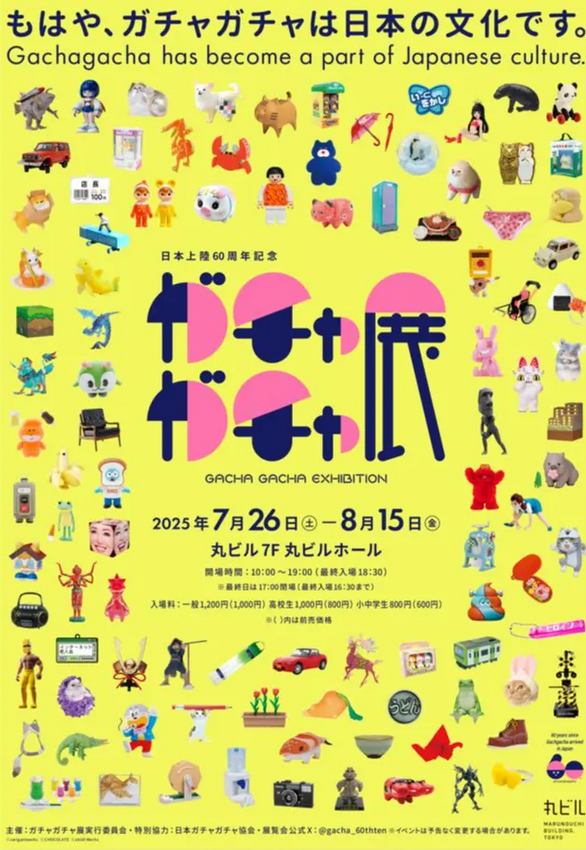
Gachagacha Exhibition | Tokyo
60th Anniversary Gachagacha Exhibition to be held!
Gachagacha were imported from the US to Japan in 1965, and this year marks the 60th anniversary of their arrival in Japan. The mechanism remains the same: insert money, turn the handle, and a toy in a capsule comes out, but the quality of the products is high and the selection is wide, and people are fascinated by items that at first glance seem practical. Gachagacha has also grown rapidly from a business perspective. Gachagacha, which has developed uniquely in Japan and is rare around the world, is currently in its fourth boom, and is enjoyed by people of all ages and genders, especially adult women.
This exhibition will display the gems of each company that contributes to the cultural development of Gachagacha, and will dissect the fun of Gachagacha. The insatiable spirit of inquiry of people who give shape to their creations, high-quality and elaborate miniature products, and hilarious products full of humorous elements will be systematically exhibited, and the fun of Gachagacha, which is accepted and needed by modern people, will be unraveled. Why not take this opportunity to visit?
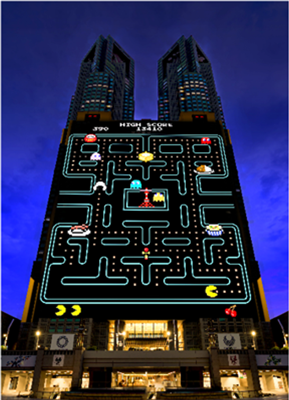
"Pac-Man" TOKYO Night & Light | TMG Building Citizens' Plaza
Tokyo Metropolitan Government has created a new tourist resource for nighttime viewing by using the exterior wall of the Tokyo Metropolitan Government Building No. 1 as a screen to express a variety of art with light and sound, and to perform projection mapping all year round in order to activate and revitalize nighttime tourism.
This time, as the 45th anniversary is approaching next year, the Tokyo Metropolitan Government will begin showing works using the world-famous "Pac-Man".
The game board appears on the outer wall of the Tokyo Metropolitan Government Building, and Pac-Man, who is making a futuristic scene, eats up everything vividly. The music of the game of Pac-Man, which has a futuristic feel, and the music of the highly friendly soundtrack maker Mr. Haraguchi Sasuke have produced. Please enjoy the collaborative work of Pac-Man and Tokyo that can only be seen in the Tokyo Metropolitan Government Building.
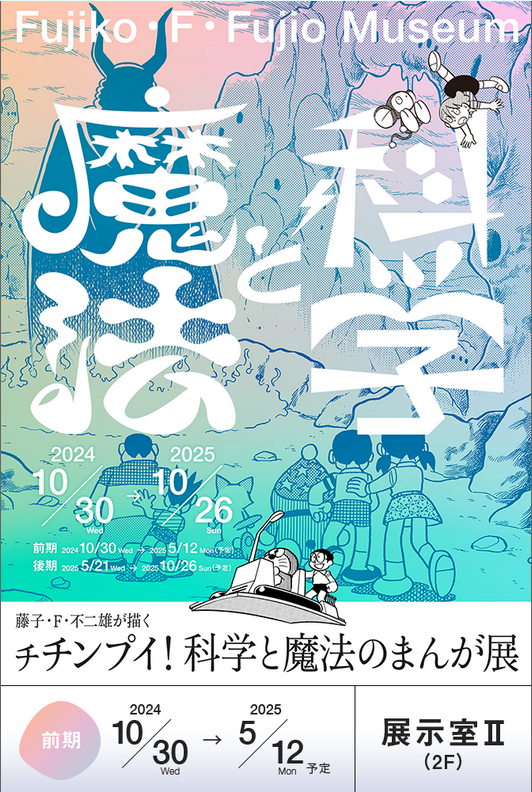
The Doraemon original art exhibition features drawings with themes of "science" and "magic." | Fujiko F. Fujio Museum
This original art exhibition will introduce works with "science" and "magic" motifs, and will explore Fujiko F. Fujio's unique way of making dreams come true. The secret gadgets of the future in "Doraemon," the science laws of Planet Marl that appear in "Chimpui," the magic used in "Jungle Kurobee," and more... Through the original drawings, you can enjoy the world of "science" and "magic" that only Fujiko F. Fujio could depict.
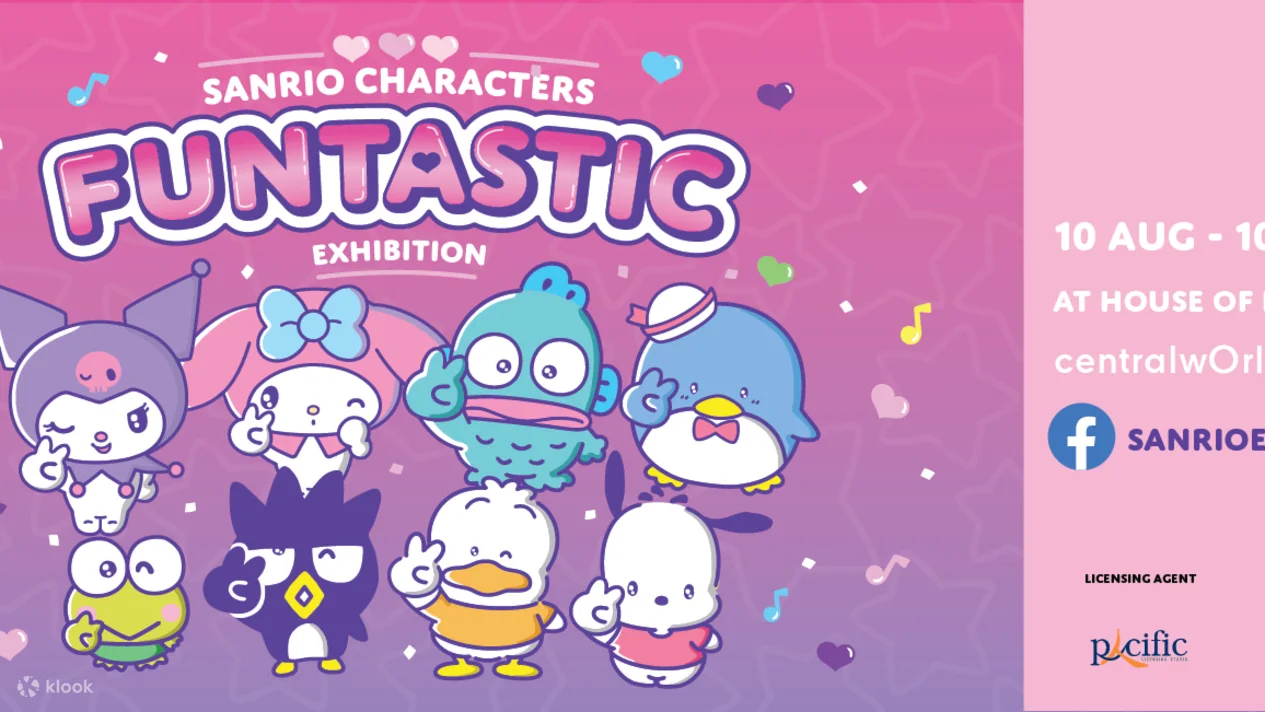
| Tokyo
Are you ready for a great party?
Join Kuromi, My Melody and Hapidanbui for an exciting exhibition!
Dive into interactive displays, dance to hit music, and enjoy hands-on fun.
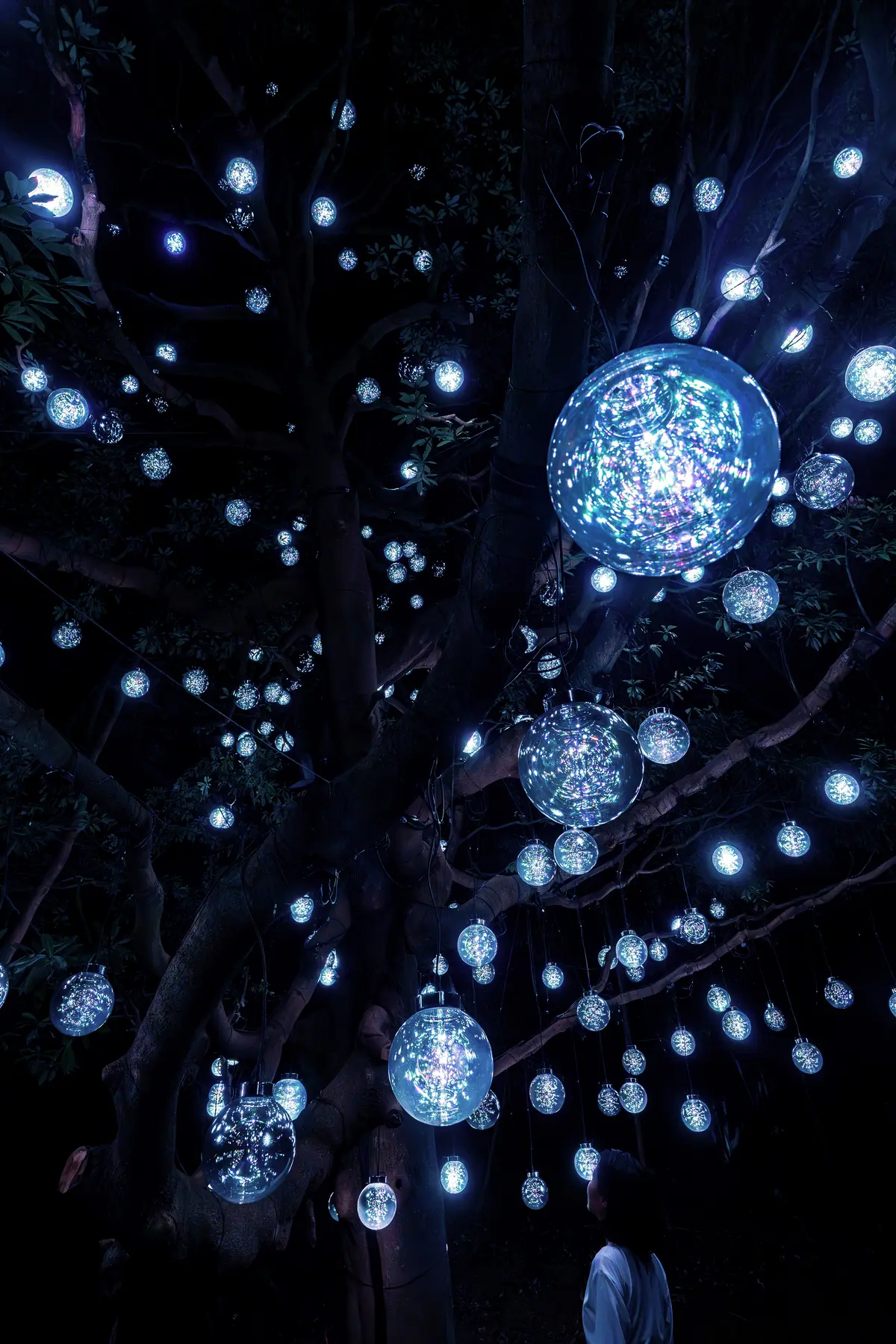
teamLab: Hidden Traces of Rice Terraces | Kitaibaraki
In Iwin, where Okakura Tenshin, a modern Japanese scholar and art critic, lived in his later years, there is an inaccessible mountain along the shore.
Coming out of the deep mountain forest, there is a valley.
There are the remains of rain-fed rice terraces, now a swamp covered with reeds.
They look like secret rice terraces.
Considering the long existence of nature and the continued presence of human activities, we decided to create art works with the remains of rice terraces hidden in the forest.
Then, walking through the forest covering the ruins of rice terraces and investigating the vegetation, we wanted to turn the entire forest covering the ruins of rice terraces into an art space that blends in with the surrounding plants.
teamLab's project Digitized Nature explores how nature can become art. The idea of the project is that immaterial digital technology can turn nature into art without harming it.
The works explore how the existence of these forms can be used to create a place where we can transcend the boundaries of our understanding of the continuity of time and feel the long continuity of life. Using these manifestations of long-term presence, we can try to transcend boundaries and understand the long continuities of time, and how we can continue to accumulate meaning in this place even today.
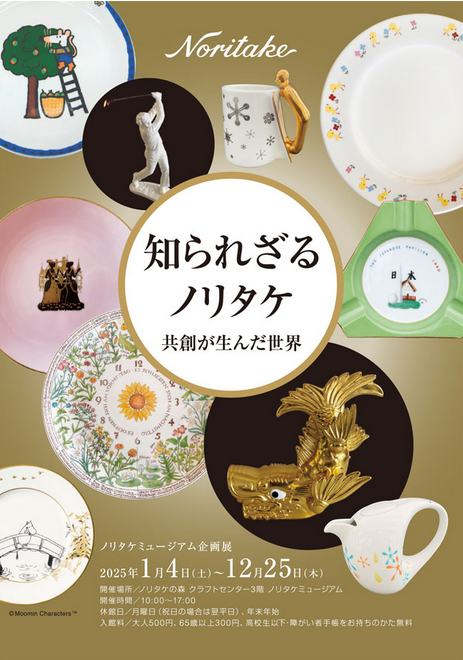
The Unknown Noritake: A World Born from Co-Creation | Nagoya
Noritake was founded in 1904 (Meiji 37) with the aim of manufacturing dinner sets for export. A dinner set is a set of tableware with a set size and purpose for the number of people. Since successfully manufacturing such sets in 1914 (Taisho 3), the company has developed and sold shapes and patterns to meet market needs.
At times, the company has sought added value beyond the tableware's original function and design in order to provide products that are in line with the times.
This trend accelerated after the period of high economic growth. When consumers had the financial means to spend on interior design, Noritake sold ceramic reproductions of works by painters, calligraphers, and illustrators. In the mid-1960s, when the penetration rate of black-and-white televisions exceeded 90%, the company also began to produce melamine children's tableware decorated with characters from anime and puppet shows.
The 1970s marked an era of fashion and diversification of everyday items. Noritake, which places emphasis on developing high-value-added products that add color to life, began manufacturing and selling tableware in 1977 in collaboration with a famous fashion designer. This was the beginning of the boom in designer and character products in the ceramics industry. This led to an increase in design collaborations and joint development with artists and other companies.
In recent years, with the growth of content businesses such as manga and anime, the needs and target demographics of character products have expanded. The expansion of sales networks with the spread of online services has increased consumers' options, and products are increasingly required to have value other than functionality and a story. Against this backdrop, collaborations that utilize the mutual advantages of companies are not uncommon.
During its long history, Noritake has cultivated the technology to commercialize high-quality models with rich colors and delicate patterns. Enjoy the world of co-creation created by sharing the desire to utilize this to deliver products that resonate with your heart.

Special Exhibition "Crown 70th Anniversary Exhibition - Why has it survived for 70 years?" | Toyota Automobile Museum
What kind of image do you have of the Crown?
The origin of the Crown was Kiichiro Toyoda's desire to "make a passenger car for the masses and enrich life in Japan." This year marks the 70th year since its birth. It has continued for 16 generations as the longest-lived passenger car made in Japan.
In this special exhibition, we will introduce all 16 generations of the car, dividing the period from its launch in 1955 to the present into the founding period, maturity period, and transformation period.
It has not been an easy road so far. Why has it survived for 70 years? We hope you will learn about the history of the Crown's development, which has been repeated through "succession" and "innovation" in pursuit of the "Crown-like" style to suit "Japanese lifestyles" that change with the times.
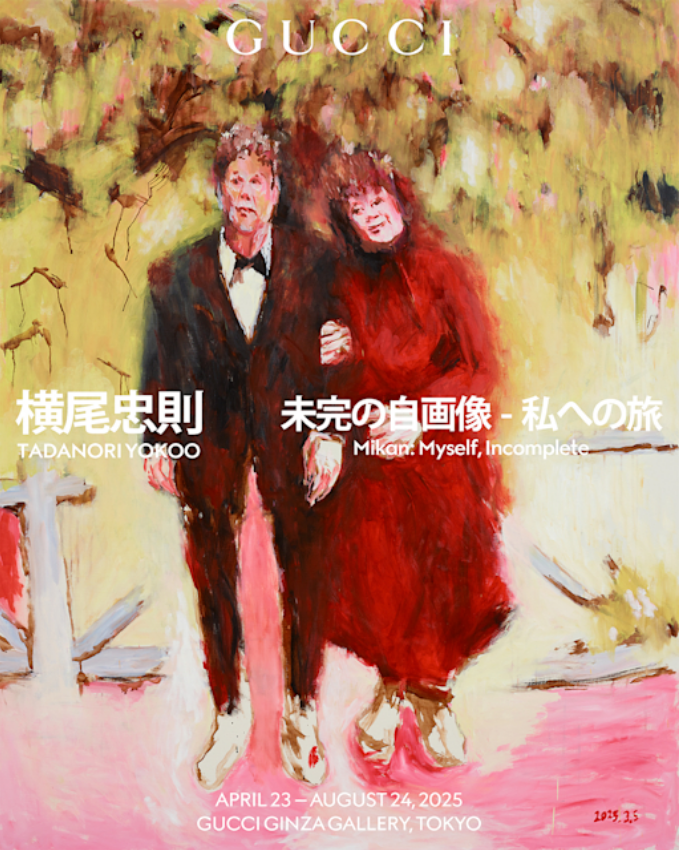
Kenji Yanobe Exhibition | Hanno
Space cats have landed in Saitama. From now until August 31, Hyper Museum Hanno presents 'Ship's Cat Island', a new exhibition from contemporary artist Kenji Yanobe. The exhibit consists of 80 of Yanobe's works, namely sculptures and drawings of cats decked out in space gear. For a family-friendly affair, check out the 'Hyper Kids Program', an experiential workshop for parents and kids to enjoy together.
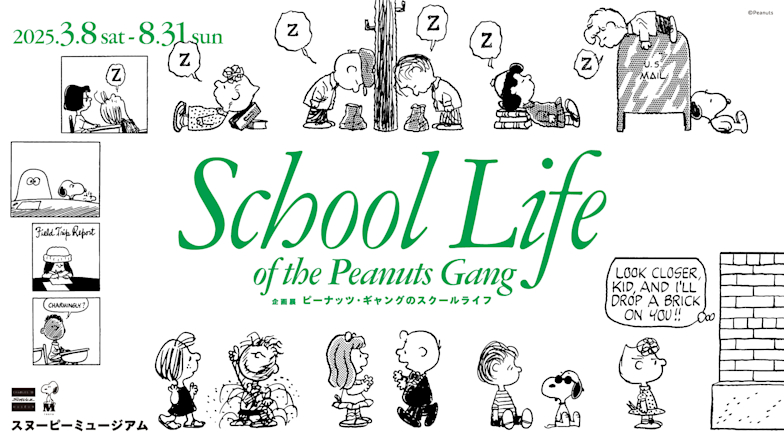
School Life of the Peanuts Gang | Snoopy Museum Tokyo
When Charlie Brown and his sister Sally get on the school bus with their friends and head off to school, various events await them. They meet unique friends and teachers. Classes are conducted day by day, and sometimes there are tense presentations, and as a reward, there are dance events. When they get home, they do their homework, and during summer vacation, they meet new people at summer camp. The school life of the Peanuts gang is a familiar, bittersweet experience. Enjoy school life with the Peanuts gang through about 45 carefully selected comics.
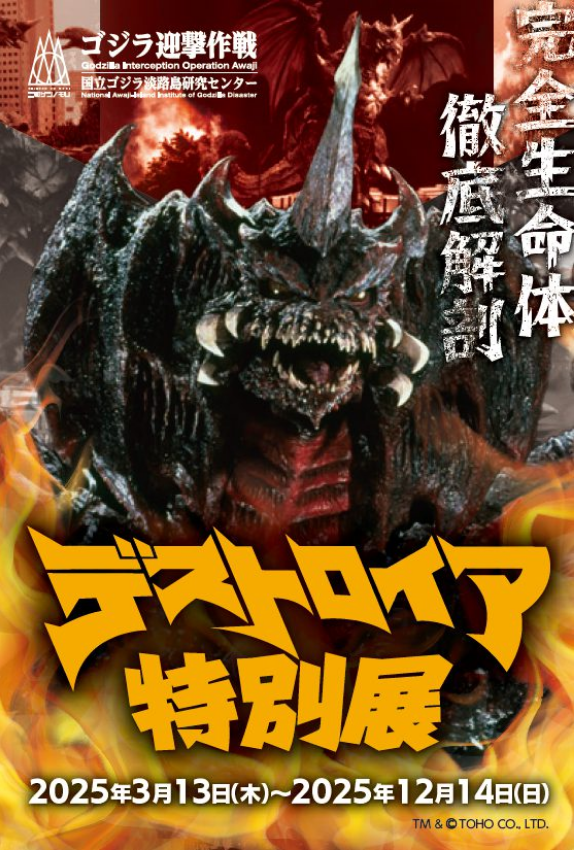
Destroyah Special Exhibition | Godzilla Museum
Nijigen no Mori's hugely popular attraction, Godzilla Intercept Operation, will hold a "Destroyah Special Exhibition" for a limited time from Thursday, March 13th to Sunday, December 14th, 2025, as part of the "30th Anniversary of Destroyah's Birth Project".
This special exhibition will allow you to enjoy the world of "Godzilla vs. Destroyah", the final installment of the Heisei vs. Godzilla series, which is celebrating its 30th anniversary since its release, through various exhibits. This is the first time that a special exhibition dedicated to "Destroyah" has been planned, and in particular, the exhibition of "Destroyah's flying objects and aggregates", which have rarely been shown in the past, and the comment panel exhibition from Hideo Okamoto, who designed Destroyah, and Shinichi Wakasa, who sculpted it, are must-see projects for fans. The "Destroyah Special Exhibition", surrounded by numerous battle scenes with Destroyah in which Godzilla used all his strength, is a special project only available at Nijigen no Mori! Godzilla fans around the world, come witness everything about Godzilla's greatest enemy, Destroyah, here!
...


